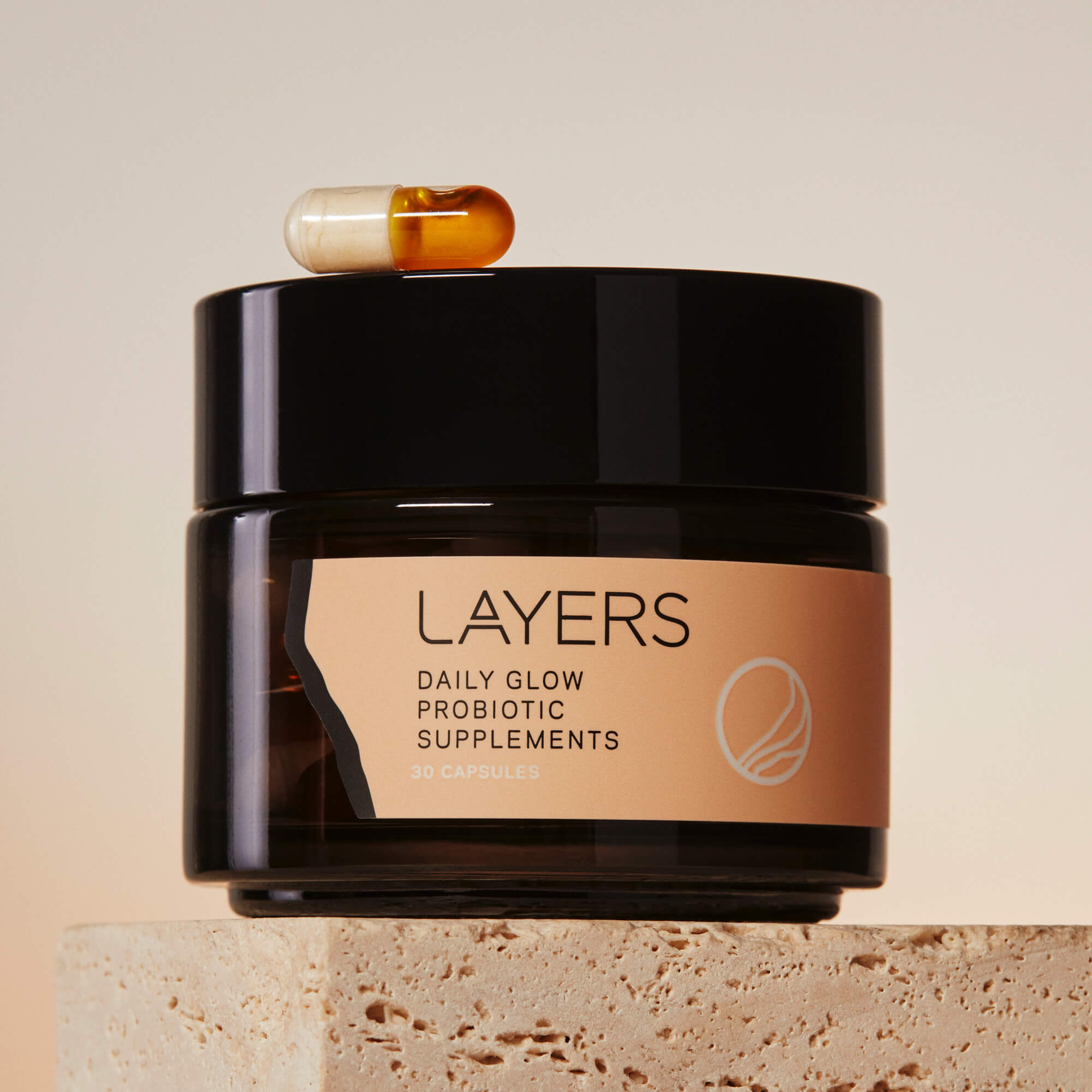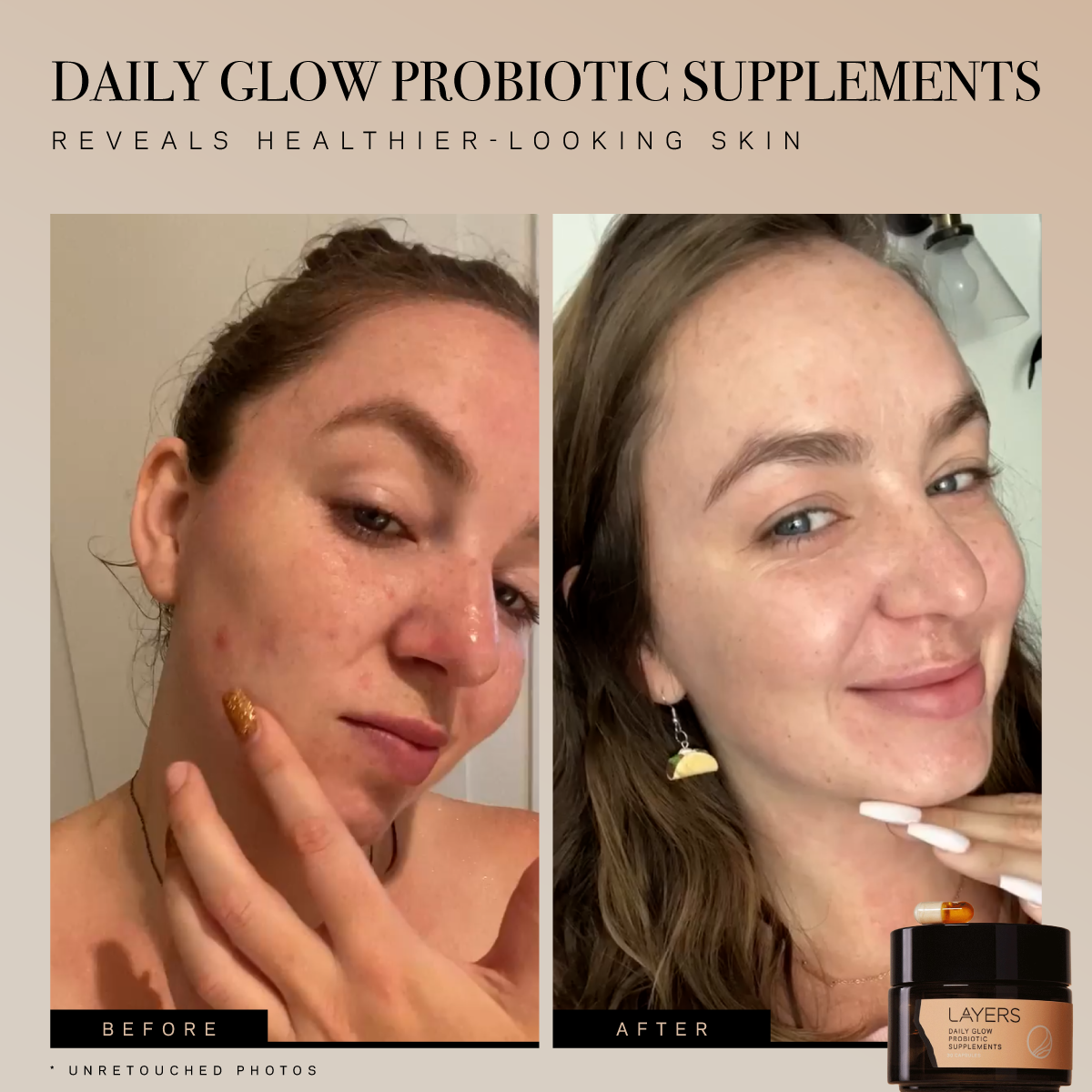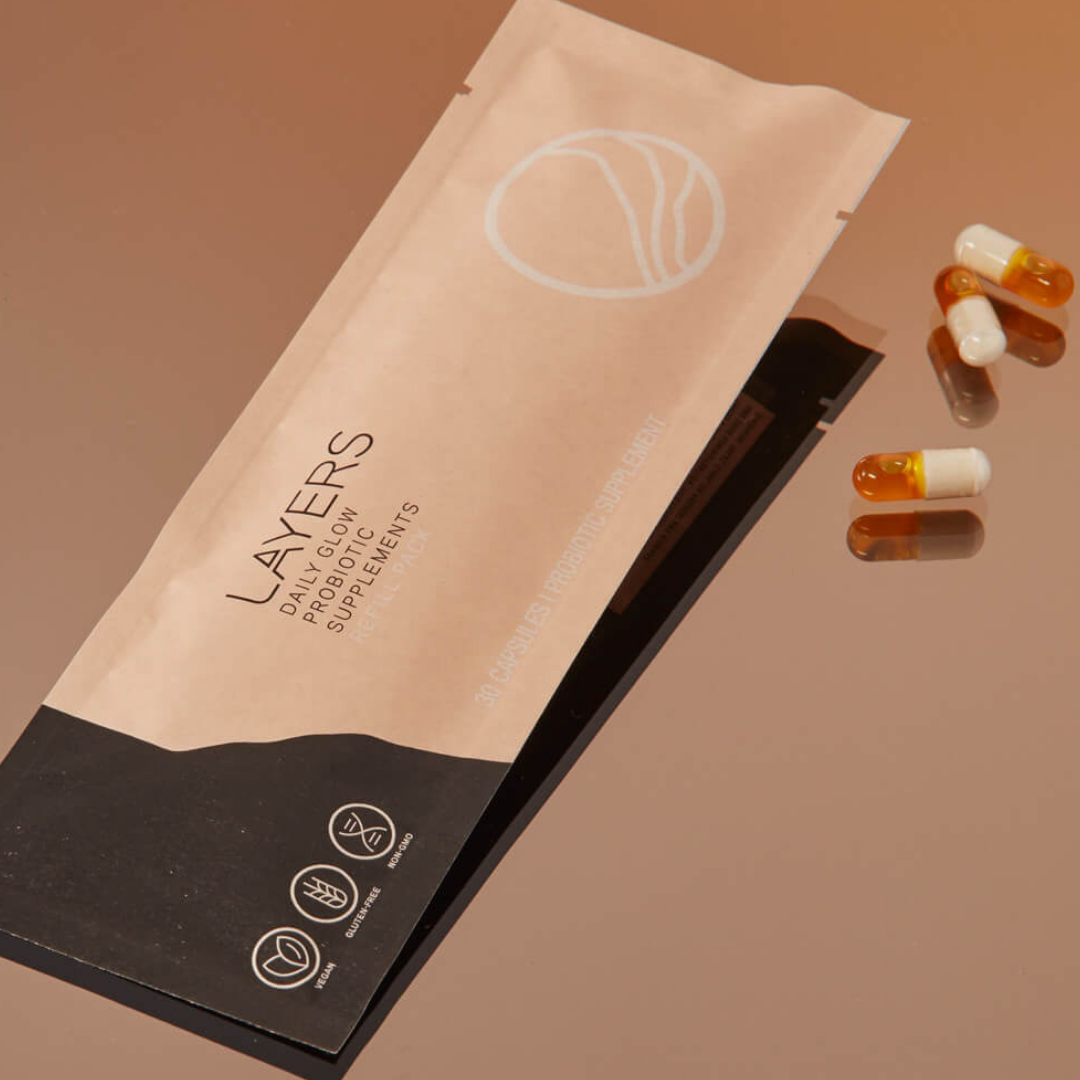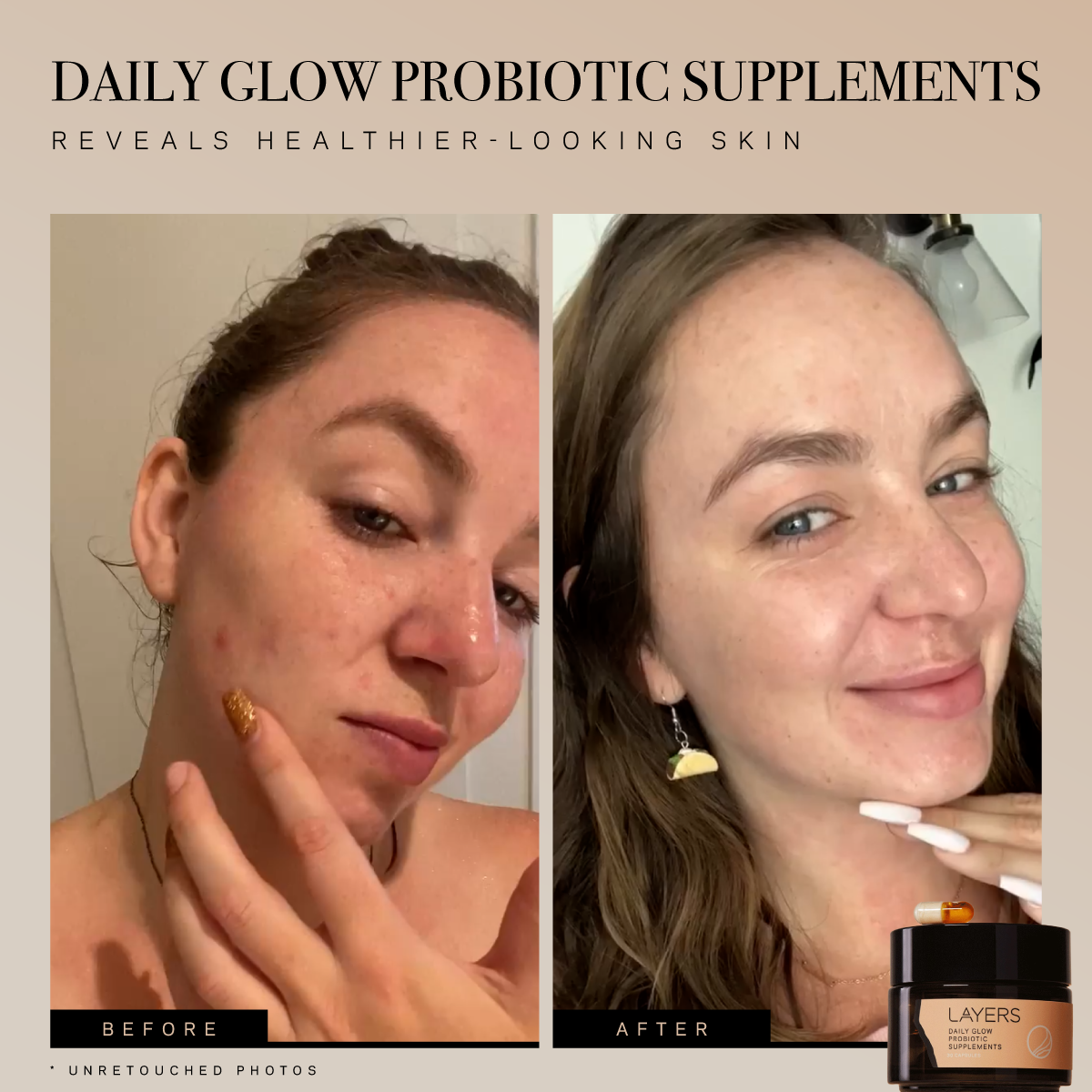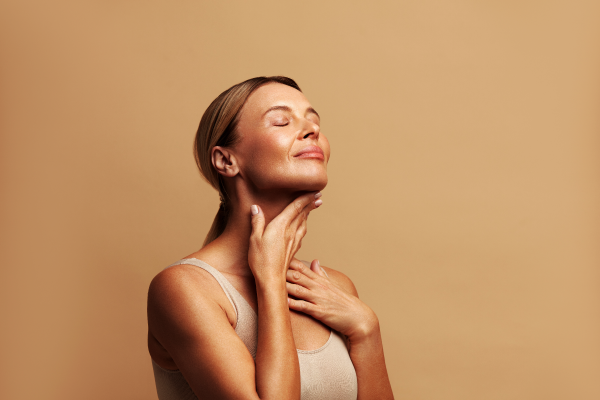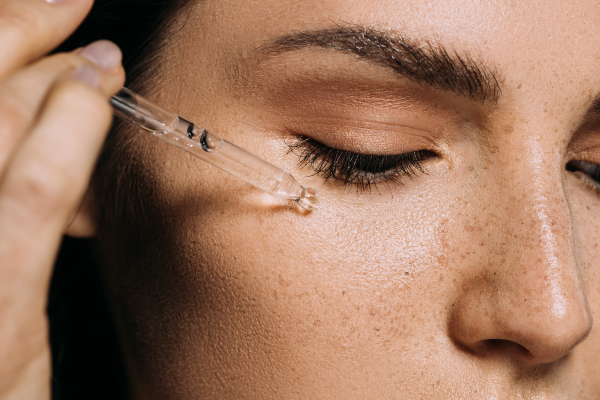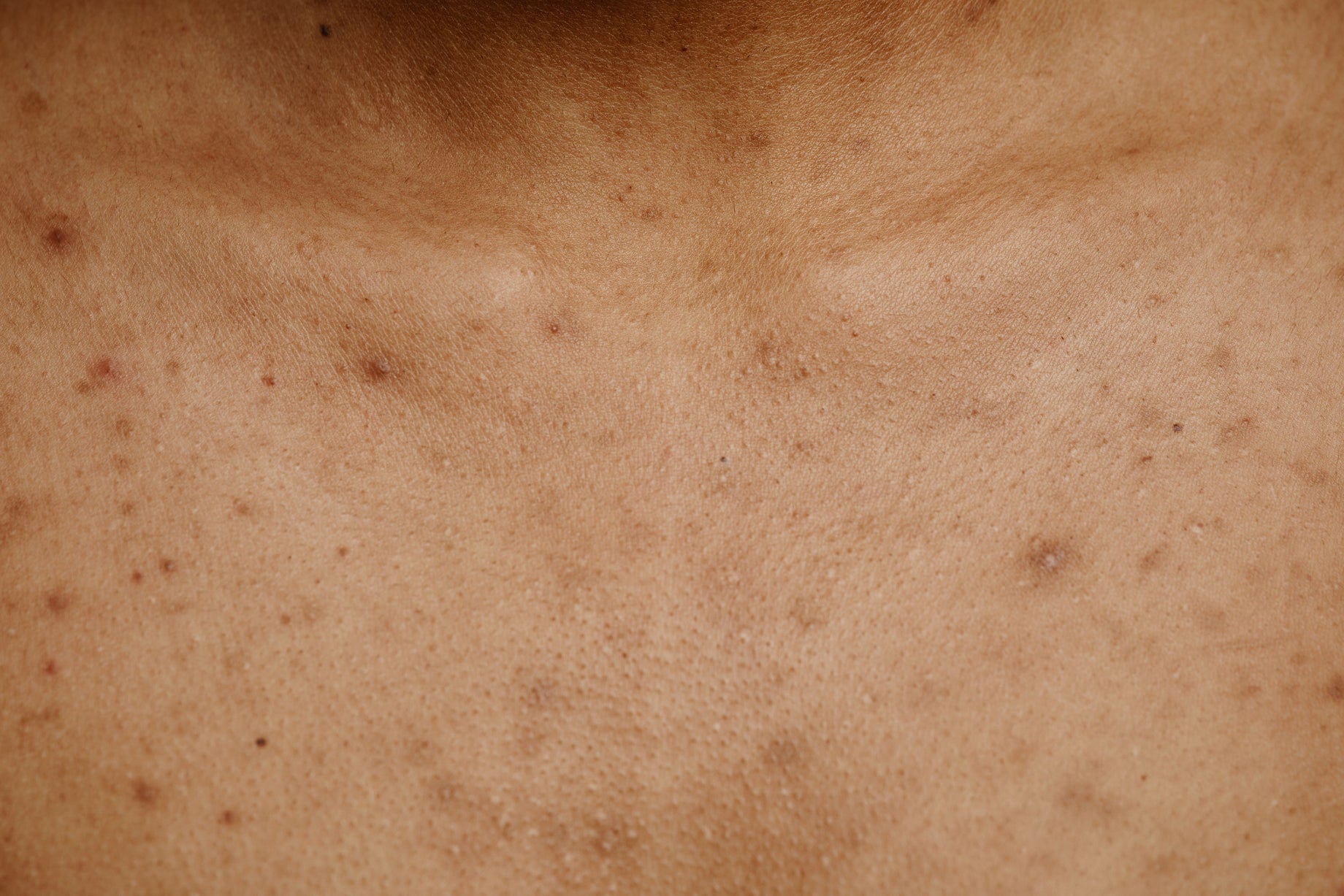Bacteria aren’t always the enemy. Here’s what you need to know about the anti-bacterial skincare trend.
Experiencing a pandemic no doubt makes you grateful for the existence of all of those pocket-sized squeeze bottles of clear, bacteria-killing gel. It gives you a cool, fresh, ultra-clean confidence when you rub it liberally on your hands. Since 2020, it’s now become routine to help yourself to a pump or two of sanitizer every time you walk into a store. We’re protecting ourselves, right?
THE GOOD, THE BAD, AND THE ANTI-BACTERIAL
Well, yes and no. Depending on the alcohol concentration, you’re likely killing off 60-95% of bacteria. For example, when you go to the doctor’s office to get a shot, they usually swab the injection point with alcohol. This removes almost all of the microbes on your skin, reducing the risk of infection. In that context, it makes sense to get rid of bacteria.
In a regular skincare routine, however, not so much. Antibacterials are kind of a double-edged sword. Sure, they remove all the nasty bacteria, but they also kill the good guys. Murdering all of your bacteria in one fell swoop immediately throws your local microbiome out of balance.
MEET YOUR MICROFLORA
Your skin microflora is mostly made up of probiotics. These are the good guys who keep your microbiome stable, which in turn, keeps your skin barrier functioning effectively. Your microbiome is your protective shield, and it can be negatively affected when you apply harsh chemicals, exfoliators, various trending AHAs and BHAs, and any kind of anti-bacterial skincare.
When your skin flora changes, that could spell disaster. Harmful pathogens can take advantage when your defenses are down, disrupting your microbiome. This can provoke immune reactions that cause inflammation, skin irritation, and breakouts.
WHAT IS ANTIBIOTIC SKINCARE?
Antibiotic skincare is a group of skincare products that contain bacteria-killing ingredients. There is a wide range of these available, both chemical and natural. Most are targeted for use in combating specific skin conditions. Benzoyl peroxide, tea tree oil, and rosehip oil are all examples of ingredients with antibacterial properties.
There are reasons to use antibiotic skincare. Your dermatologist, for example, might prescribe you a powerful antibacterial facewash with salicylic acid to help you combat acne or folliculitis, a painful infection of the tiny hair follicles in your skin. In these cases, it makes sense to use antibacterials in the short term.
But long-term use can really throw off your natural microflora, potentially causing further issues. We’re learning a lot about the causes of some of the most common skin conditions, so exploring the potential root issues, especially those related to the gut, is a better long-term approach.
THE POWER OF PROBIOTICS
The key to a healthy microbiome is balance. So if you’re swiping away all of the bad bacteria, you’re also getting rid of the good guys. Without the good bacteria, the bad bacteria have little resistance when they come into contact with your skin. In order to boost your body’s immune response, you have to replenish the good bacteria. That’s where probiotic skincare can come to the rescue.
Several skin conditions have been linked to a low level of microbial diversity on the skin. When you’re prescribed an oral antibiotic, sometimes your health practitioner will also recommend a daily probiotic be taken to help rebalance the bacteria in your gut.
In general, the use of antibiotic-based skincare should be discussed with your dermatologist. Our microbiomes are all different, so speaking to someone who knows how to target your unique skin chemistry is important. If harmful bacteria are colonizing your microbiome, probiotic skincare can help replenish and reinforce the healthy microbes that your skin needs.

